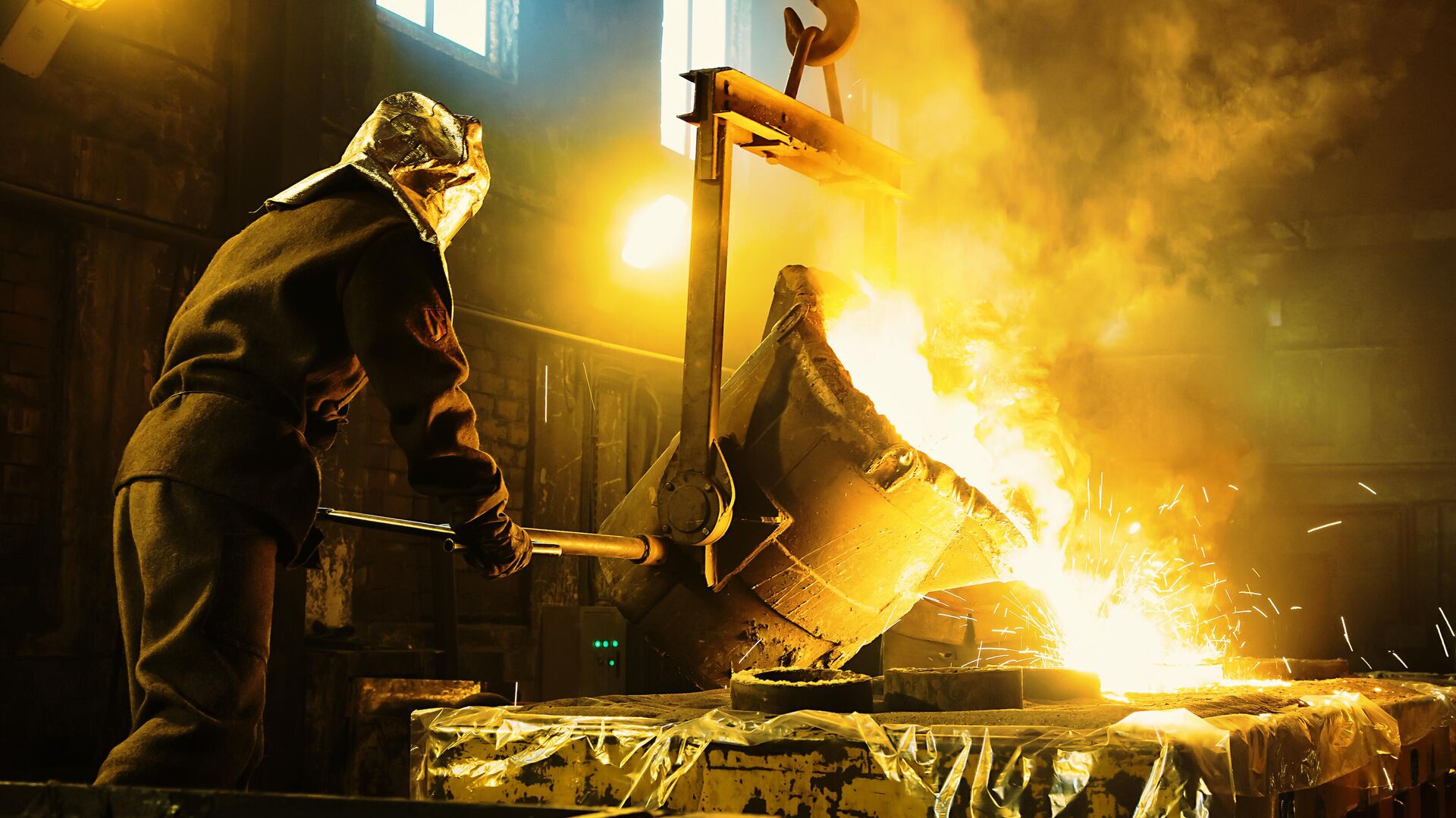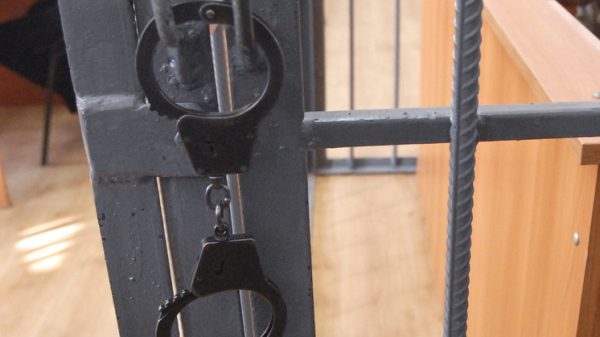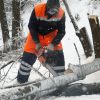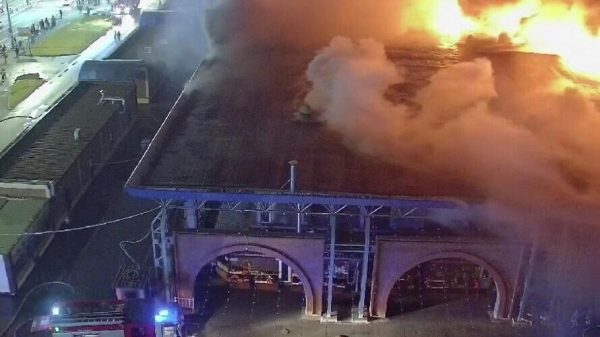
MOSCOW, February 15. SUSU scientists presented a domestic design of a device that prevents the release of toxic gases when loading raw materials for the technological process in furnaces at metallurgical enterprises. According to experts, the developed pneumatic shut-off device will reduce emissions into the atmosphere by 50 times and make the working conditions of personnel in contact with reagents safer. Laboratory experiments confirmed the calculated data, the university press service reported.
According to Russian experts, today the share of ferrous metallurgy enterprises accounts for up to 50% of total atmospheric pollution — more than 10.3 million tons of harmful substances per year. This is due to the fact that in such types of metallurgical production as blast furnace, steelmaking and ferroalloy, one of the main operations is loading bulk materials (charge) into the furnace.
When loading the charge, the mechanical shut-off device is open, and chemical reactions in the furnace occur under pressure above atmospheric pressure, which leads to the release of aggressive gases through the loading device itself to the outside. Most often, the exhaust contains oxides of nitrogen, sulfur and carbon, including carbon monoxide.
In addition, as scientists said, gases carry away small particles of the charge itself, which often contains heavy metals, for example, lead, which penetrate not only into the environment (soil, water bodies, air), but also into the body of the worker involved in loading the charge into the furnace reactor.
In order to minimize risks to the environment and humans, scientists at South Ural State University (SUSU) have developed a pneumatic vortex-type shut-off device that prevents the release of aggressive gases by countercurrent gas under pressure when the mechanical shutter is opened.< br />
“We left a mechanical shutter in the design of the industrial furnace, but placed a guide apparatus around the bulk materials loading channel, which contains fixed blades located at an angle,” said Daria Khabarova, associate professor of the department of Hydraulics and Hydropneumatic Systems of SUSU.
The specialist noted that the bulk material enters the reactor cavity in the same way, but at this time the loading channel zone itself is locked over its entire area by a vortex, which prevents the release of harmful gas into the human working space.
Researchers have calculated that when the charge is poured into the furnace from a mechanical shutter, aggressive gases are released to the outside, which can be significant at large production volumes.
“The use of a pneumatic vortex-type shut-off device together with a mechanical one will almost completely eliminate emissions of dust and corrosive gases into the workshop and reduce by 50 times the amount of total exhaust from the reactor into the atmosphere,” noted Daria Khabarova.
She added that a small part of the gases (2%) inevitably leaks through the gaps from the mechanism during the operation of the furnace, when the loading channel is locked with a mechanical shutter and the pneumatic device is turned off.
< /span>
The university press service reported that laboratory experiments with the prototype showed the correctness of the theoretical calculation and confirmed the effectiveness of such a shutter.
“There is no need for an autonomous gas purification system, the service life of the charging apparatus is increased. In addition, the new device makes it possible to facilitate and speed up the process of loading bulk material into the furnace, since the velocity component of the air/gas entering the reactor carries the charge along with it,” the expert noted.< br />At the same time, she emphasized that the domestic development has a simple design and is made of heat-resistant ceramics without moving elements, which makes it safe, durable and capable of non-stop operation.
«The uniqueness of the development is that the world metallurgy has so far Until now, there have been no known locking devices based on the pneumatic principle,” she added. The complexity of the presented development, according to her, lies in the lack of engineering methods for calculating and profiling these devices.
Today this pneumatic device for locking the furnace reactor is already used at one of the large metallurgical plants in Russia.
The work of SUSU scientists is supported by the Russian Science Foundation.


























































Свежие комментарии